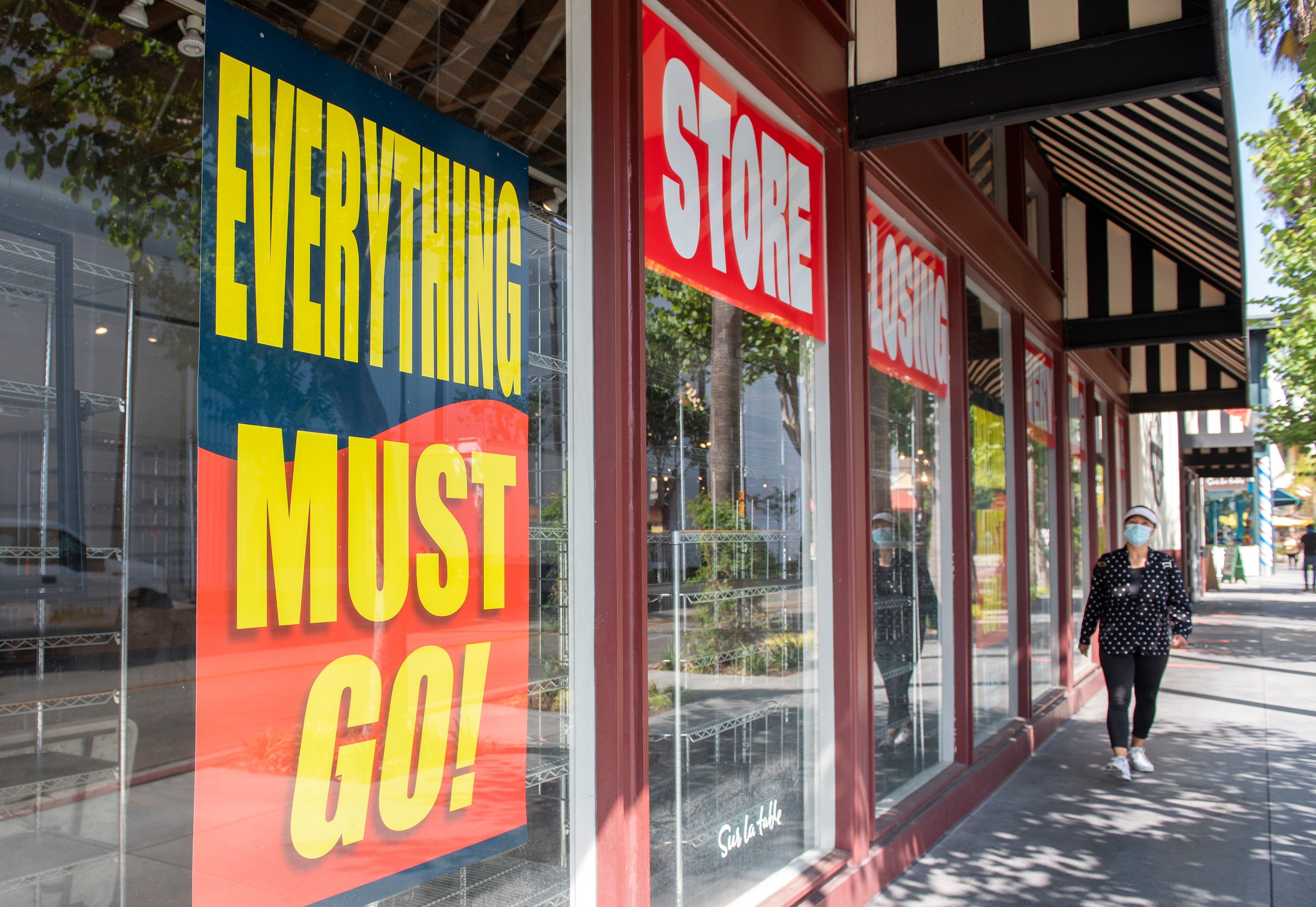Personal bankruptcy filings increase
TEXT OF INTERVIEW
Kai Ryssdal: With jobs starting to show up in the economy at long last, people who have been laid off can once start to have hope. Hope of eventually finding work, if not right away. But for some portion of the people out there, it’s going to be too late to save themselves financially, to save their homes, or to save their credit scores. Some new figures on bankruptcy filings came out today.
Marketplace’s Mitchell Hartman has been covering the story. Hi Mitchell.
Mitchell Hartman: Hi Kai.
Ryssdal: So these bankruptcy numbers, what does they tell us?
Hartman: Well, personal and business bankruptcy filings have now hit a peak. It’s the highest since October 2005. You may remember that’s when bankruptcy reform kicked in. It made it harder to get out from all your debts, and it kept people out of bankruptcy court for a while. But with the economy so bad for so long now, they’re showing up again. So there were 158,000 bankruptcies filed in March; that works out to nearly 7,000 a day. They’re up about 20 percent from the same time last year.
Ryssdal: Just to be clear here, Mitchell, bankruptcies are on the rise, as the economy’s slowing getting better.
Hartman: Right. In fact, they were up by more than a third just between February and March. But there’s actually two reasons why that is not quite so surprising. First off, believe it or not, spring is apparently bankruptcy season. It’s because people get refund checks, it can cost you $2,000 to $3,000 to pay for a bankruptcy lawyer, so you have the money, you look at your bills and you decide now’s the time to file.
The other thing is, keep in mind it’s probably going to take six to 18 months for people to finally hit the wall financially after a recession hits, so this is actually just about when you’d see a bulge in bankruptcies.
Ryssdal: This sounds almost elementary, but it’s obviously tied into the job loss figures and the housing market, right?
Hartman: Those two are really the bulk of the reason. Job loss, I guess in some sense, is pretty obvious. You run out of savings, you tapped your friends and family… Bankruptcy might look like the only out at this point. The housing issue is a little more complicated. It comes down to “do I want to keep paying my mortgage if I’m underwater,” you know if I owe way more on the house than it’s worth. These people are apparently are increasingly filing Chapter 7 bankruptcy. This is the kind of bankruptcy that’s a little easier, it’s cheaper. And you basically just walk away from your debts, most likely that includes your mortgage. So it’s for people who basically don’t have enough income anymore, they’re just declaring bankruptcy to get from under it all.
Ryssdal: If we took a map of these bankruptcy filings and a map of where the housing crisis hit worst and put them on top of each other, would they match up?
Hartman: Yeah, they’d match up pretty well. But don’t trust me on this, because this is a big spreadsheet that I pulled up on my computer. So I asked Mike Bickford of AACER — that stands for Automated Access to Court Electronic Records. This is the company that compiles this monthly data. And I asked him to help me out.
Mike Bickford: California had a 15 percent increase over their 2009 monthly average. That’s significant. Arizona is 10 percent higher. And another thing, Mitchell, to go look at is what the ranking is per capita filing, that’s per 1,000 heads.
Hartman: I see that, and Nevada’s number one.
Bickford: Nevada’s number one, Tennessee is number two and Georgia’s number three.
Hartman: And the interesting thing here is the South used to top this list, hands down. Now it’s Nevada at the top of the list. So yeah, lay that map of bankruptcies over the map of the housing crisis and they match up pretty closely.
Ryssdal: Let me ask you this Mitchell, before I let you go, as time goes by in this recovery, can we expect bankruptcies to mount for a little while and taper off?
Hartman: I think what we’re going to see is probably the upside-down “U.” You know, it’s probably going to go up before it goes down, and the economy needs to start getting better before people can keep their homes and keep their businesses.
Ryssdal: Marketplace’s Mitchell Hartman on some new bankruptcy numbers out today. Thanks Mitchell.
Hartman: You’re welcome.
There’s a lot happening in the world. Through it all, Marketplace is here for you.
You rely on Marketplace to break down the world’s events and tell you how it affects you in a fact-based, approachable way. We rely on your financial support to keep making that possible.
Your donation today powers the independent journalism that you rely on. For just $5/month, you can help sustain Marketplace so we can keep reporting on the things that matter to you.


















